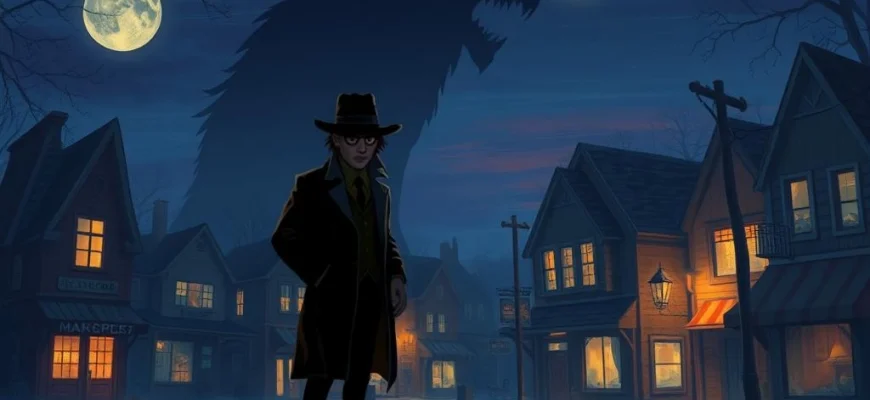If you loved the dark humor, eerie atmosphere, and small-town mystery of 'The Wolf of Snow Hollow,' you're in for a treat. This article explores 10 movies and shows that capture the same blend of horror, comedy, and gripping storytelling. Whether you're a fan of werewolf lore or quirky crime-solving, these picks will keep you entertained.
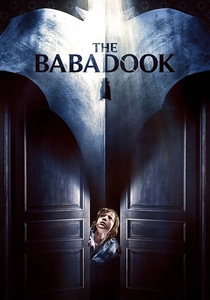
The Babadook (2014)
Description: Combines horror with a poignant exploration of motherhood and mental illness. The monster serves as a metaphor for unresolved grief, similar to the way horror elements are used to explore deeper themes.
Fact: The Babadook character was created using a combination of practical effects and stop-motion animation to enhance its eerie presence.
 Watch Now
Watch Now 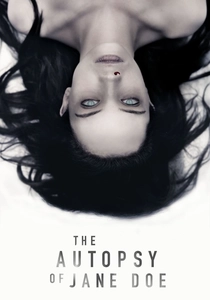
The Autopsy of Jane Doe (2016)
Description: A tightly paced horror film that unfolds in a single location, relying on mystery and gradual revelation of terror. The procedural approach to horror echoes the reference's blend of genre elements.
Fact: The titular character was played by a real actress who had to remain completely still for hours during filming to maintain the illusion of a corpse.
 Watch Now
Watch Now 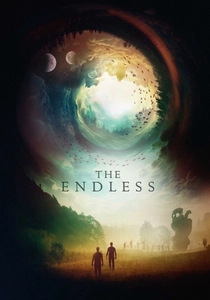
The Endless (2017)
Description: A sci-fi horror film that explores themes of time loops and cult behavior, blending existential dread with eerie visuals. The film's ambiguous storytelling and psychological depth align with the reference's style.
Fact: The film is a semi-sequel to the directors' earlier film 'Resolution,' with both movies sharing the same universe and themes.
 Watch Now
Watch Now 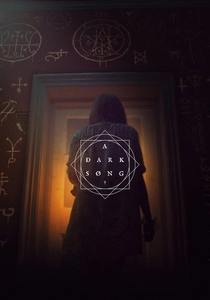
A Dark Song (2016)
Description: A slow-burning occult horror film that delves into the psychological toll of ritual magic. The film's focus on isolation and the supernatural parallels the reference's atmospheric tension.
Fact: The film's depiction of occult rituals was heavily researched, drawing from real-world esoteric practices to add authenticity.
 Watch Now
Watch Now 
The Wailing (2016)
Description: A horror-thriller that blends supernatural elements with a detective story, creating a complex narrative about faith and evil. The film's rural setting and escalating paranoia mirror the reference's tone.
Fact: The film's title in Korean, 'Goksung,' refers to the name of the village where the story takes place, adding a layer of cultural specificity.
 Watch Now
Watch Now 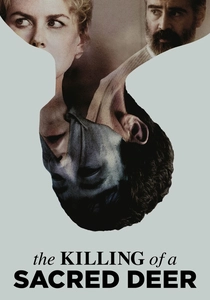
The Killing of a Sacred Deer (2017)
Description: A psychological horror-thriller with a cold, clinical tone that builds dread through unsettling dialogue and moral dilemmas. The film's exploration of guilt and punishment aligns with the reference's thematic concerns.
Fact: The film's title is a reference to the Greek myth of Iphigenia, which plays a central role in the story's moral framework.
 Watch Now
Watch Now 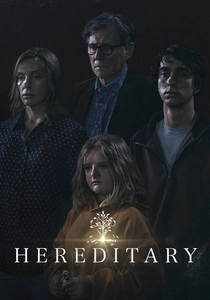
Hereditary (2018)
Description: Blends psychological horror with family drama, featuring a slow-burning tension that escalates into supernatural terror, much like the reference film. The exploration of grief and inherited trauma adds depth to the horror.
Fact: The miniature models seen throughout the film were all created by the protagonist actress Toni Collette's character, adding a meta-layer to the storytelling.
 Watch Now
Watch Now 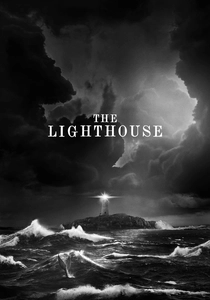
The Lighthouse (2019)
Description: A psychological horror film shot in black and white, creating a stark, oppressive atmosphere. The film's descent into madness and isolation resonates with the reference's thematic focus.
Fact: The film was shot on 35mm black-and-white film stock to achieve its distinctive visual style, which was inspired by early 20th-century photography.
 Watch Now
Watch Now 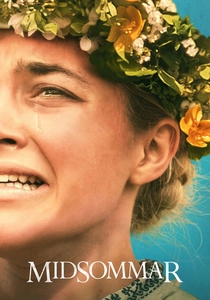
Midsommar (2019)
Description: A horror film that uses daylight and bright colors to create an unsettling atmosphere, subverting traditional horror aesthetics. The focus on cult behavior and psychological unraveling mirrors the thematic depth of the reference.
Fact: The film's script was partially inspired by the director's own breakup, infusing personal pain into the narrative.
 Watch Now
Watch Now 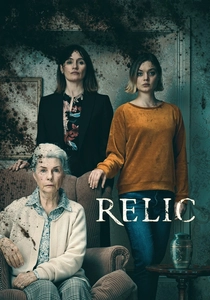
Relic (2020)
Description: A horror film that uses its haunted house setting to explore themes of aging and dementia. The film's emotional depth and slow-building terror echo the reference's approach to horror.
Fact: The film marks the feature debut of its director, who drew from personal experiences with her grandmother's dementia to inform the story.
 Watch Now
Watch Now 
